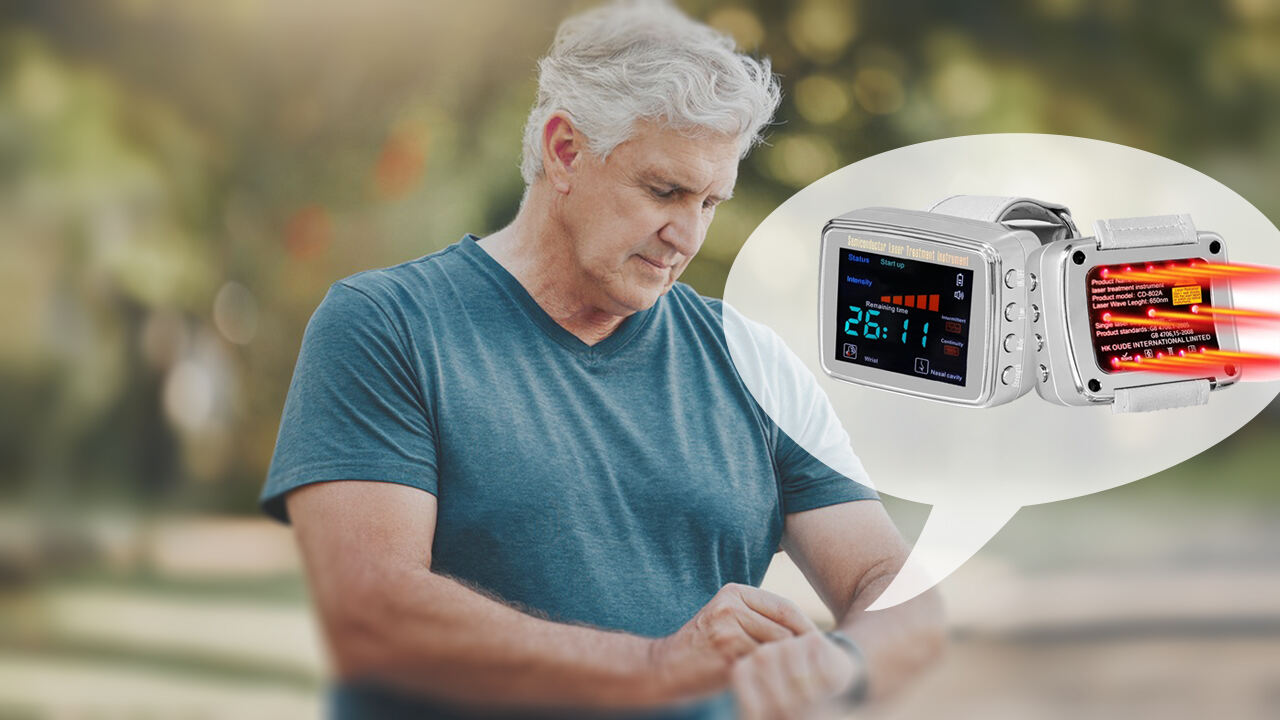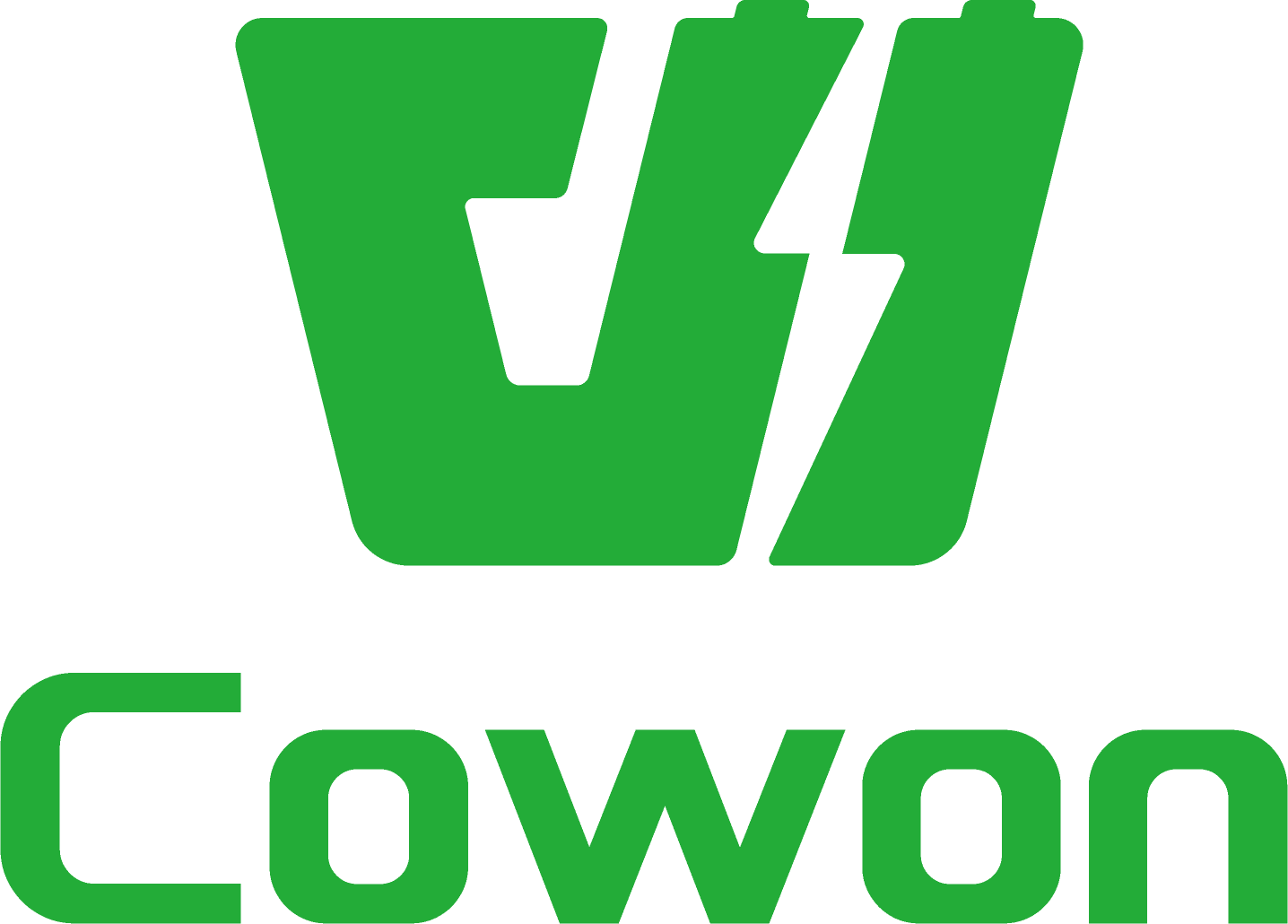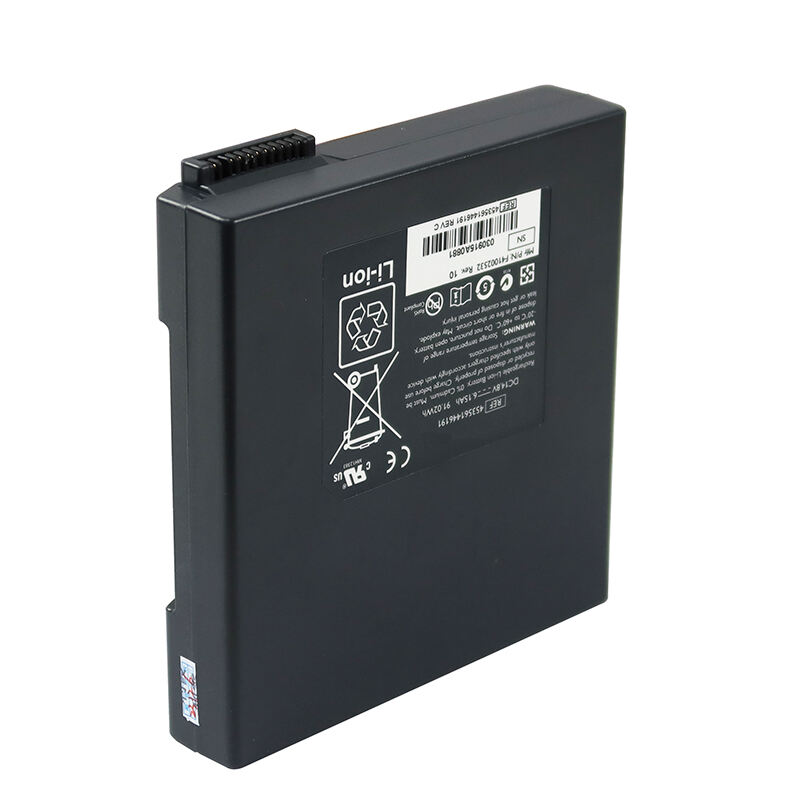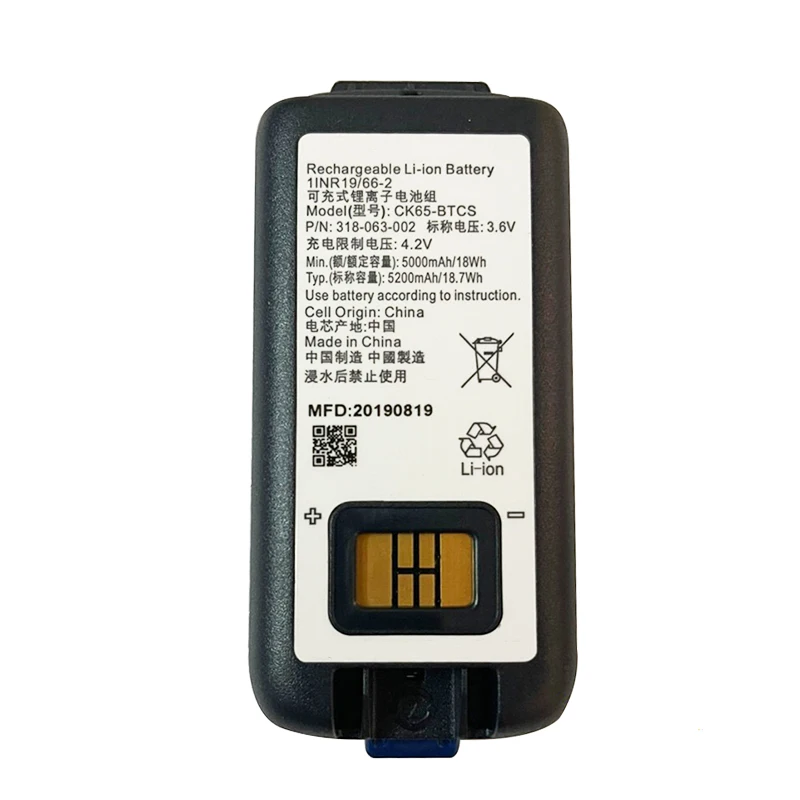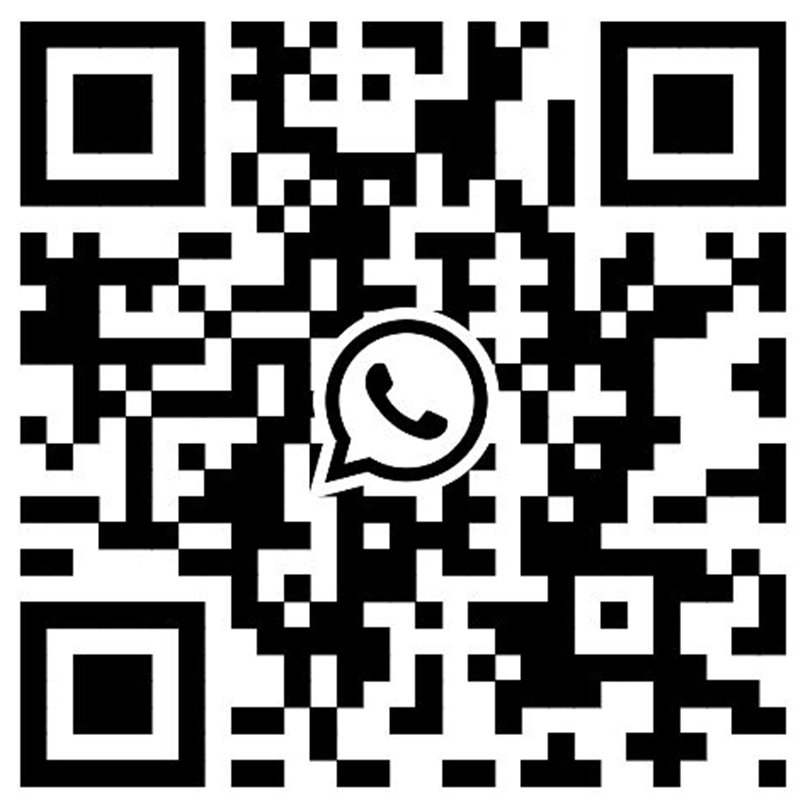Application
Healthy Medical
The predicament
The wrist-type laser therapy device, ARICOM Company's latest innovation, utilizes laser vascular external radiation therapy. It is designed for local irradiation of the nasal cavity and body surface, providing auxiliary therapeutic effects such as reducing inflammation, relieving pain, decreasing blood viscosity, and lowering blood lipid levels.
In the early stages, ARICOM encountered persistent issues with their battery suppliers. Problems such as batteries failing to charge and having short discharge times plagued the device, and these issues remained unsolved for an extended period. Eventually, ARICOM turned to Cowon Battery for a solution. With the active and close collaboration of Cowon's battery engineers, these battery-related problems were effectively resolved, significantly enhancing the device's performance and reliability.
Problem-solving Approach
Upon receiving ARICOM’s malfunctioning laser therapy device, Cowon conducted a detailed analysis to pinpoint the causes of the issues. They identified the reasons behind the battery's inability to charge and its short discharge time, then developed a step-by-step solution.
1.Charging Issue: The primary reason the battery couldn't charge was due to over-discharge, which caused the battery to deplete completely and trigger low-voltage protection. This mechanism prevents the battery from charging further to avoid excessive damage.
Solution: Cowon's battery engineers conducted a series of comprehensive tests and determined that the original IC's over-discharge protection voltage was too low. They replaced it with an IC featuring a higher over-discharge protection voltage. Additionally, they calibrated the battery management system (BMS) to better handle low-voltage conditions, ensuring the battery could recover from over-discharge situations. This adjustment successfully resolved the charging issue, allowing the battery to charge efficiently even after deep discharge.
2.Short Discharge Time: The short discharge time was due to sev
